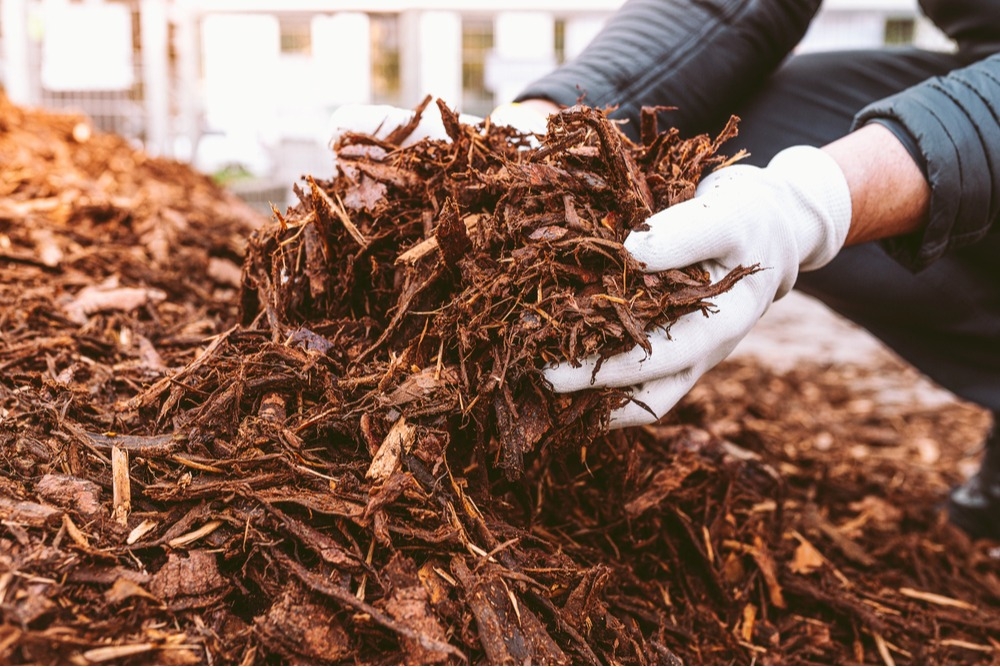Fire Mitigation and Sustainable Mulching: A Collaborative Approach to Landscaping
As communities become increasingly aware of the risks of wildfires, fire mitigation has emerged as a critical strategy in maintaining both safety and ecological balance. One of the often-overlooked benefits of effective fire mitigation practices is their role in producing sustainable mulching. In this blog, we’ll explore how these two concepts intersect and how they can be leveraged for healthier landscapes and resilient ecosystems.
What is Fire Mitigation
Fire mitigation encompasses various strategies to reduce the risk of wildfires and their potential impacts. These strategies can include controlled burns, creating defensible space around properties, and removing excess vegetation that could fuel a fire. By proactively managing landscapes, communities can significantly lower the likelihood of catastrophic fires, protecting lives, property, and natural resources.
The Connection to Mulching
Mulching—covering the soil with organic materials—serves various purposes in landscaping and gardening. Not only does it help retain soil moisture, but it also suppresses weeds, regulates soil temperature, and adds nutrients as it decomposes. However, the organic matter used for mulching can often come from waste materials, making its production an opportunity for sustainable practices within fire mitigation efforts.
How Fire Mitigation Produces Sustainable Mulching
In conclusion, combining fire mitigation and sustainable mulching shows how we can effectively protect our environment and manage risks. Using the leftover materials from fire mitigation efforts, communities can help create mulch that helps produce healthy landscapes and reduce fire risks. Adopting these practices allows us to address potential dangers and support our environment, helping ecosystems thrive for future generations.
Go Back What is Fire Mitigation
Fire mitigation encompasses various strategies to reduce the risk of wildfires and their potential impacts. These strategies can include controlled burns, creating defensible space around properties, and removing excess vegetation that could fuel a fire. By proactively managing landscapes, communities can significantly lower the likelihood of catastrophic fires, protecting lives, property, and natural resources.
The Connection to Mulching
Mulching—covering the soil with organic materials—serves various purposes in landscaping and gardening. Not only does it help retain soil moisture, but it also suppresses weeds, regulates soil temperature, and adds nutrients as it decomposes. However, the organic matter used for mulching can often come from waste materials, making its production an opportunity for sustainable practices within fire mitigation efforts.
How Fire Mitigation Produces Sustainable Mulching
- Using Biomass Thinning for Fire Safety, or removing extra underbrush and deadwood, helps lower fire risks. We can turn the leftover wood chips and plant material into mulch. This process reduces waste and supports a circular economy.
- Promoting Healthy Ecosystems starts with fire mitigation efforts that help manage local plants and encourage the growth of fire-resistant species. Using mulch made from native plants in landscaping supports sustainable practices. It also allows local ecosystems by providing habitat and food for wildlife
- Sustainable mulching practices, especially those involving organic materials, enhance soil health by improving its structure and fertility. As mulch decomposes, it introduces beneficial microorganisms that contribute to healthier plants. This dual advantage—reducing fire risk while enhancing soil quality—results in a more resilient landscape.
- Utilizing materials from fire mitigation to produce sustainable mulch offers numerous benefits, one of which is that it serves as an eco-friendly ground cover.
In conclusion, combining fire mitigation and sustainable mulching shows how we can effectively protect our environment and manage risks. Using the leftover materials from fire mitigation efforts, communities can help create mulch that helps produce healthy landscapes and reduce fire risks. Adopting these practices allows us to address potential dangers and support our environment, helping ecosystems thrive for future generations.
